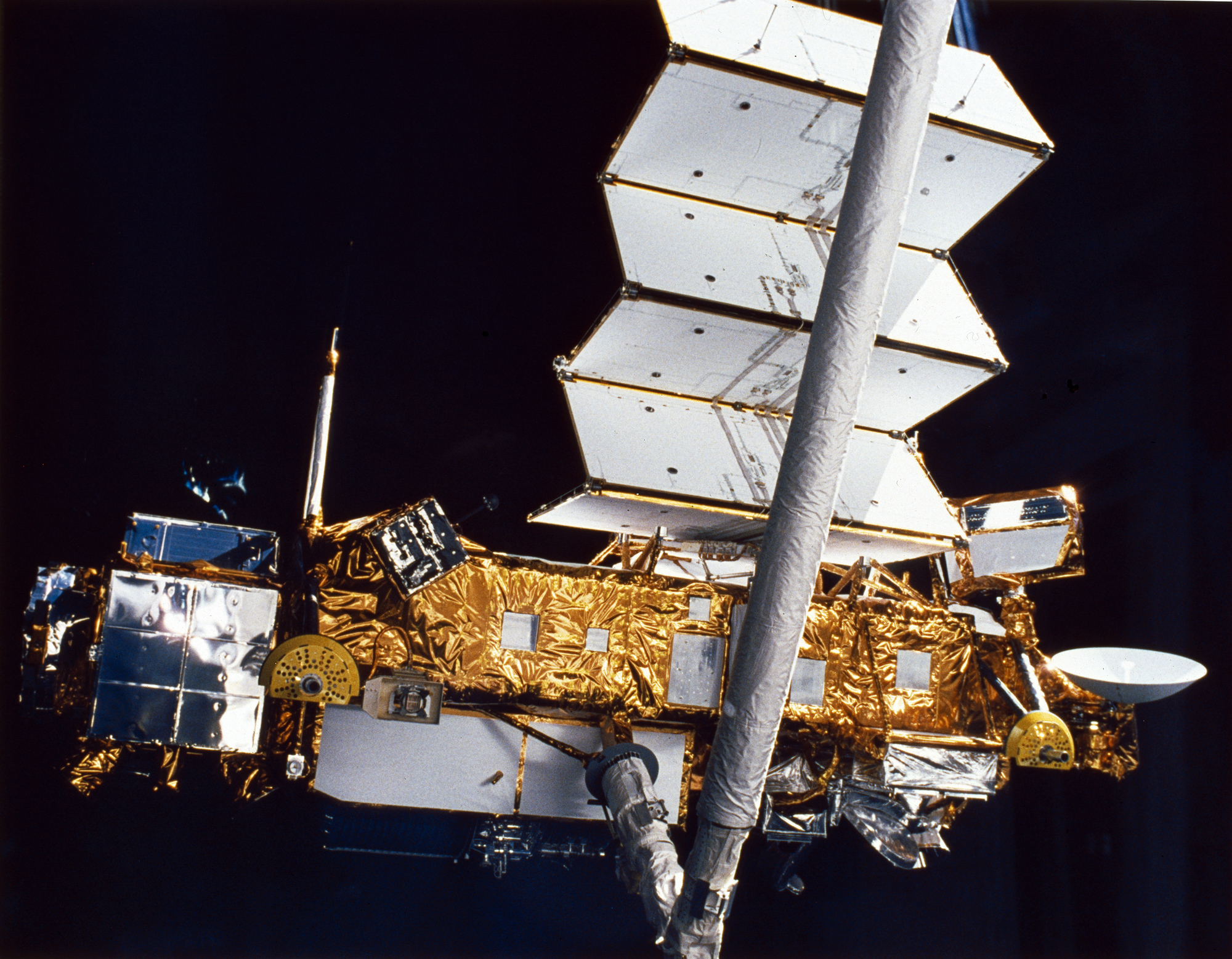Android App Lets You Track Huge NASA Satellite Falling to Earth Today

If you're worried about debris falling from the now-defunct satellite headed toward the Earth Friday afternoon (Sept. 23), there's an app that will help you keep track of its descending trajectory.
While NASA said its school bus-size Upper Atmosphere Research Satellite (UARS) is not expected to land near North America — and there's only a 1 in 20 trillion risk that a piece from the satellite could actually hit you anyway — Android users can monitor its plunge toward Earth through an existing app that displays the positions of satellites in the sky.
A new and temporary button has been added to the Satellite AR app created by AGI that will keep people up to date with tracking the rogue device. [7 Best Space Apps to Get]
Another way to track the falling satellite is with the website Heaven's Above, which has a map of the UARS spacecraft's current position and offers a guide for possible sightings that can be tailored to your location. The skywatching website Spaceweather.com also offers a Satellite Flyby app for smartphones and it's Simple Satellite Tracker for computer users.
NASA's UARS satellite is current in an orbit of about 115 miles (185 kilometers) and falling by the hour. The satellite is expected to plunge into Earth's atmosphere sometime late today, NASA officials said.
"Re-entry is possible sometime during the afternoon or early evening of Sept. 23, Eastern Daylight Time," NASA officials wrote late Thursday in an update to the agency's UARS Mission Page. "The satellite will not be passing over North America during that time period."
The satellite is expected to re-enter over a 500-mile (804-km) track of land when it does ultimately fall to Earth. Skywatchers on the ground could be treated to a dazzling light show if the satellite re-enters over a populated region at local nighttime. The UARS satellite's re-entry could be visible during the daylight as well, NASA officials have said.
Breaking space news, the latest updates on rocket launches, skywatching events and more!
NASA launched the UARS mission in 1991 aboard the space shuttle Discovery. The satellite spent 14 years studying Earth's upper atmosphere and ozone layer, with NASA decommissioning it in 2005.
The satellite is the largest NASA satellite to make an uncontrolled fall from space since 1979.
Reach TechNewsDaily senior writer Samantha Murphy at smurphy@techmedianetwork.com. Follow her on Twitter @SamMurphy_TMN.
Join our Space Forums to keep talking space on the latest missions, night sky and more! And if you have a news tip, correction or comment, let us know at: community@space.com.
Samantha was a contributing writer covering astronomy and technology for Space.com and Live Science. As of this year she was the senior tech writer covering AI, Big Tech, Social Media, gadgets, and current trends at CNN but has moved on from that position. Prior to joining CNN in 2016, Kelly was an editor at Mashable and other tech and science publications. She holds a degree in journalism and cinema studies from New York University and resides in New York with her husband and two children.

